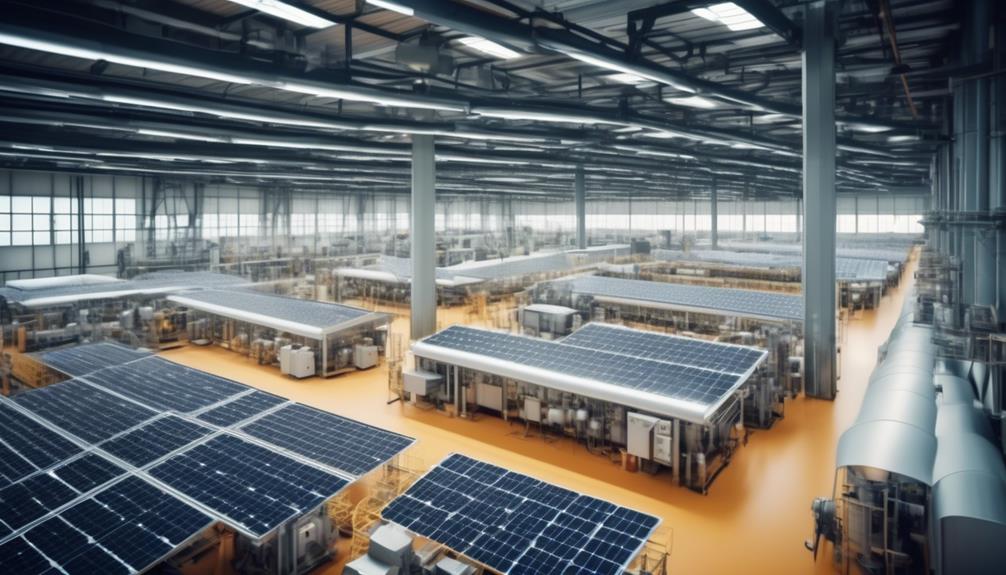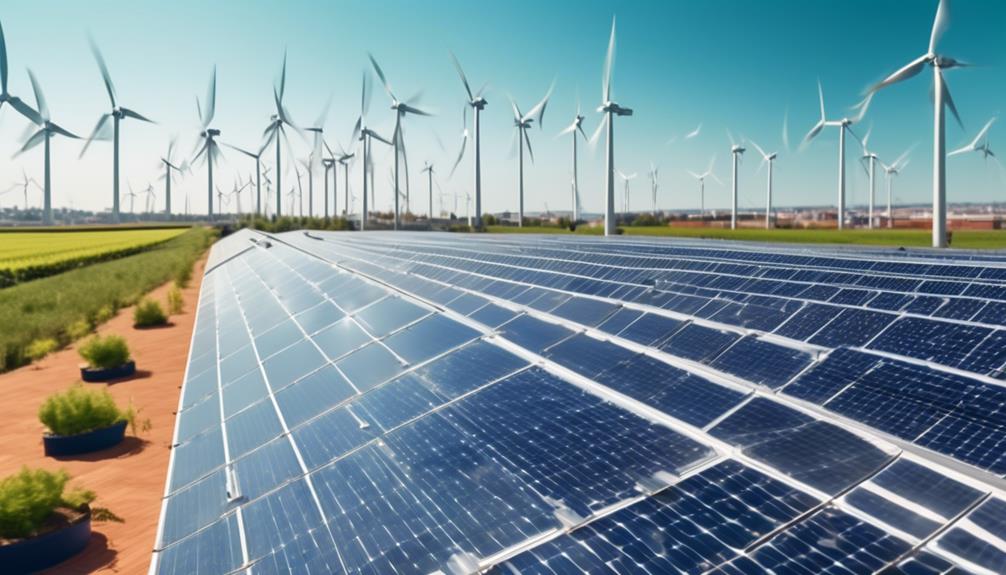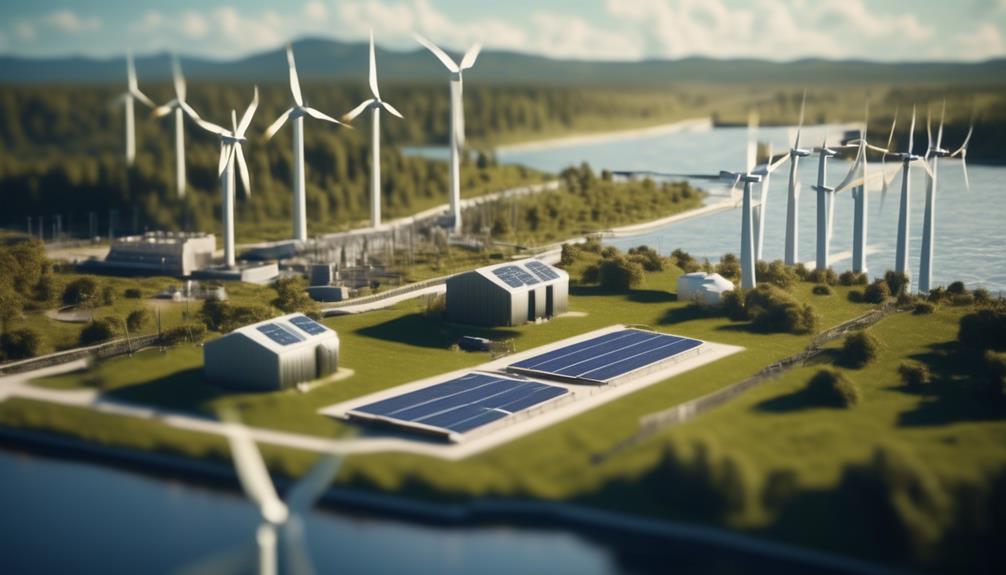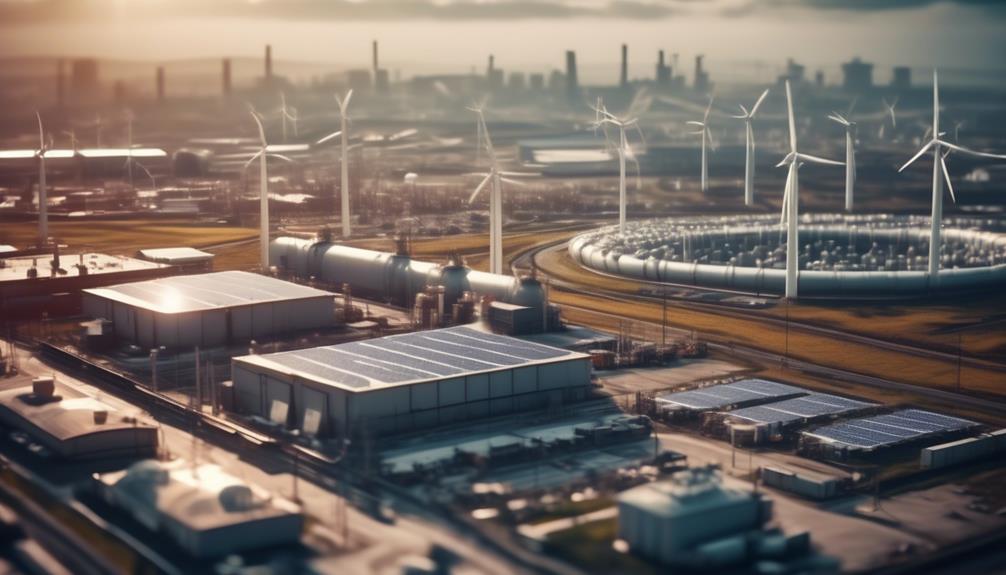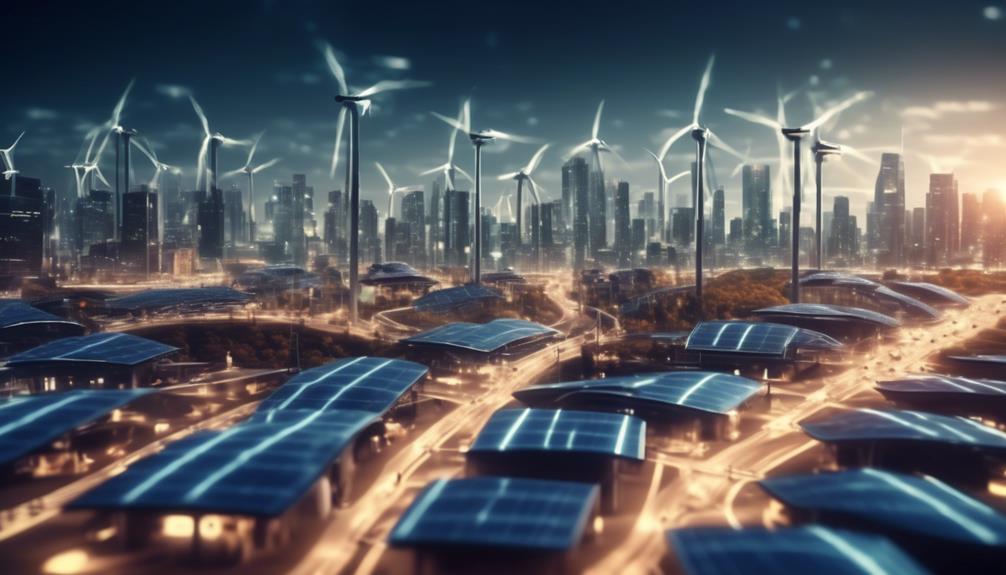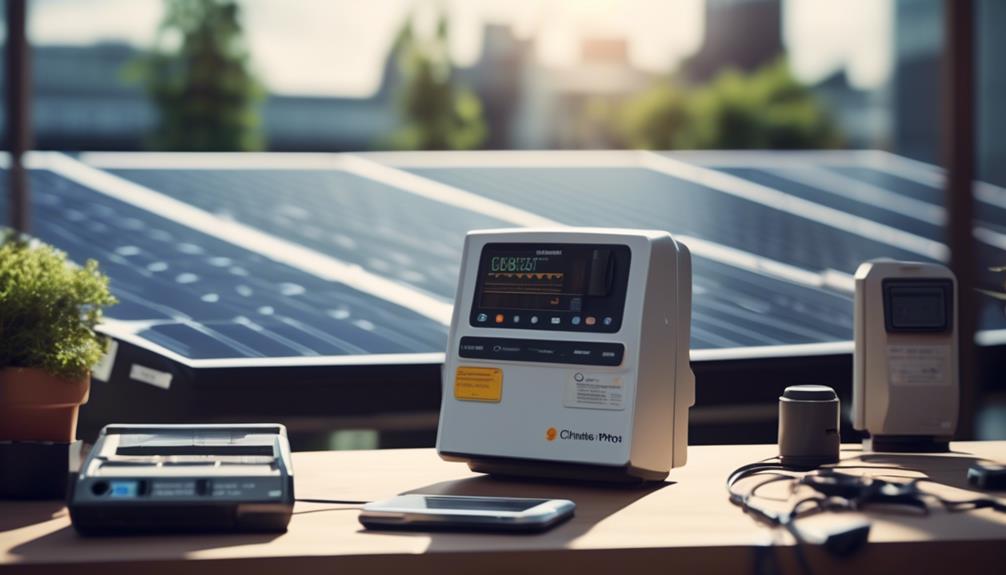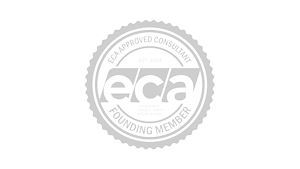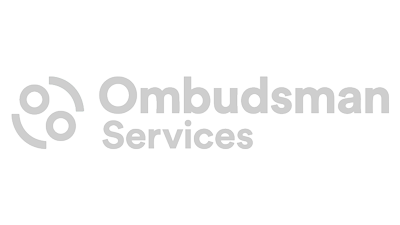In the quest for sustainability, today’s businesses are increasingly focused on enhancing their energy efficiency. This drive is not solely for the environmental benefits but also encompasses the desire to reduce costs, mitigate risks, and boost corporate reputation in a competitive market. Yet, navigating the complexities of energy management and integrating advanced technologies into existing systems presents a formidable challenge. Many organisations find themselves at a crossroads, aware of the necessity to evolve but uncertain about the path forward.
With a wealth of experience in sustainable business practices, we understand these challenges intimately. Our approach is tailored to meet the unique needs of each business, providing actionable strategies that resonate with your goals and industry standards.
This article is designed to bridge the gap between aspiration and achievement in corporate energy efficiency. By delving into proven strategies and the impact they can have on organisational performance and resilience, we aim to equip you with the knowledge and confidence to embark on a successful energy efficiency journey.
Continue reading to uncover insights that will not only address your concerns but also illuminate the path toward a more sustainable and efficient future for your business.
Energy Audit and Assessment
Identifying areas of energy waste and inefficiency, energy audits play a crucial role in assessing equipment, systems, and processes for energy-saving opportunities within corporate environments. By conducting a comprehensive energy audit, businesses can gain valuable insights into their current energy usage patterns and identify areas for improvement.
These audits enable companies to prioritise improvement initiatives based on findings, ultimately working towards achieving energy efficiency and reducing overall energy consumption. Energy audits not only provide a snapshot of the current energy usage but also serve as a tool to track progress over time.
Optimising energy use is a strategic move for businesses aiming to enhance energy efficiency and reduce operational costs. Through energy audits, organisations can develop and implement energy-saving strategies tailored to their specific needs and areas of inefficiency. This analytical approach allows businesses to take control of their energy consumption and work towards sustainable and cost-effective solutions.
As a result, energy audits are instrumental in helping businesses enhance their corporate energy efficiency and achieve long-term sustainability goals.
Lighting System Upgrades
Businesses that have conducted comprehensive energy audits can strategically improve their energy efficiency by implementing lighting system upgrades in their industrial settings. Upgrading lighting systems can significantly reduce energy consumption in industrial settings. Here are some practical strategies for enhancing corporate energy efficiency through lighting system upgrades:
- Adopt Energy-Efficient Technologies: Replace outdated lighting technologies with energy-efficient alternatives, such as LED lighting, to reduce energy usage and maintenance costs.
- Enhance Illumination Quality: Upgraded lighting systems provide better illumination quality, improving the overall lighting environment and contributing to a more productive workspace.
- Implement Automatic Controls: Employ automatic lighting controls and daylight harvesting techniques to further enhance the energy efficiency of lighting systems, ensuring that lights are only used when necessary.
- Reduce Carbon Footprint: Lowering energy consumption through lighting system upgrades contributes to reducing carbon emissions and lowering greenhouse gas emissions, aligning with the goal of embracing renewable energy and sustainable business practices.
Implementing these measures not only leads to energy savings but also aligns with corporate sustainability objectives, demonstrating a commitment to environmental stewardship and responsible energy management.
HVAC System Optimisation
Optimising HVAC systems through regular maintenance and the installation of energy-efficient equipment is crucial for achieving substantial energy savings and creating a more comfortable working environment. By embracing new technologies and implementing measures recommended by the International Energy Agency (IEA), companies can significantly reduce energy costs, carbon emissions, and contribute to mitigating climate change. To illustrate the impact of HVAC system optimisation, consider the following table showcasing the potential energy savings and environmental benefits:
| Benefits of HVAC System Optimisation | Potential Impact |
|---|---|
| Reduced energy waste | Significant |
| Lower energy costs | Substantial |
| Minimised carbon emissions | Considerable |
| Enhanced comfort for occupants | Marked |
Efficient HVAC systems are pivotal in optimising energy usage within corporate settings. By focusing on reducing energy waste and enhancing operational efficiency, companies must prioritise the optimisation of HVAC systems to achieve tangible benefits in energy consumption, cost savings, and environmental impact.
Energy Management Implementation
Energy management implementation is a critical component of corporate operations, enabling companies to effectively reduce costs and enhance overall resilience. To achieve successful energy management implementation, companies should consider the following strategies:
- Invest in Energy-Efficient HVAC and Lighting: Upgrading to energy-efficient HVAC systems and lighting can significantly reduce demand and overall energy consumption within the corporate environment.
- Regular Maintenance: Implementing regular maintenance schedules for all energy-related equipment ensures optimal performance and identifies areas for improvement.
- Employee Training and Awareness Campaigns: Conducting training sessions and awareness campaigns encourages energy-saving behaviours among employees, leading to a collective effort to reduce energy consumption.
- Energy-Saving Initiatives: Embrace energy-saving initiatives and technologies to optimise energy use and track progress towards energy goals across the entire company.
Energy-Efficient Equipment Investment
Effective energy management implementation in corporate operations necessitates strategic investment in energy-efficient equipment to maximise cost savings and operational resilience. Upgrading to energy-efficient alternatives, such as high-efficiency HVAC and air conditioning systems, is a best practice for reducing energy consumption and achieving substantial financial savings. Retrofitting existing equipment with energy-efficient options not only enhances energy savings but also contributes to a positive brand image by showcasing a commitment to sustainability. When investing in energy-efficient equipment, it is crucial to consider the total cost of ownership, including energy costs over the product’s life, to make informed decisions that align with the organisation’s energy plan and carbon footprint reduction goals. Additionally, opting for appliances and equipment certified by ENERGY STAR ensures optimal performance and long-term energy solutions. The table below highlights the key benefits of investing in energy-efficient equipment:
| Benefits | Description |
|---|---|
| Energy Savings | Substantial reduction in energy consumption and operational costs. |
| Financial Savings | Long-term cost savings through reduced energy expenses. |
| Improved Operational Efficiency | Enhanced performance and resilience of equipment. |
Investing in energy-efficient equipment not only results in immediate energy savings but also strengthens the organisation’s operational efficiency and sustainability efforts.
Employee Engagement in Conservation
To enhance corporate energy efficiency, engaging employees in conservation practices through awareness, education, and active participation is essential for achieving sustainable energy-saving goals. Employee engagement in energy conservation can significantly reduce their carbon footprint and enhance overall energy efficiency.
To achieve this, consider the following strategies:
- Promote Awareness and Education: Encourage employees to reduce their carbon footprint by turning off lights, adopting smart energy-efficient alternatives, and being mindful of their energy consumption.
- Implement Practical Measures: Encourage dress codes appropriate for the season to reduce HVAC load and use blinds or curtains to minimise heat gain or loss.
- Active Participation: Involve employees in energy-saving initiatives and empower them to make changes, such as keeping doors and windows shut when the HVAC system is running.
- Establish Energy Efficiency Teams: Create a team or appoint energy leaders to drive energy-saving initiatives, conduct regular workshops, training sessions, and awareness campaigns to educate employees about the importance of energy conservation.

